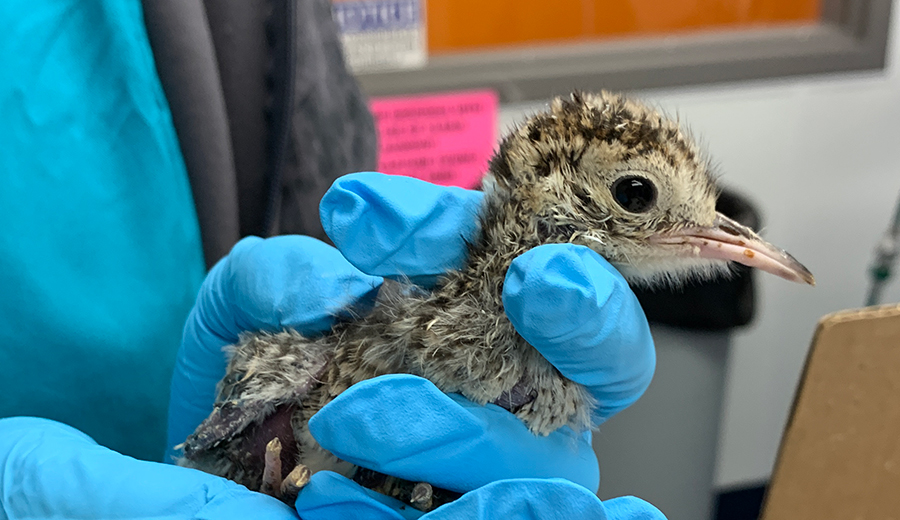Spinal Strokes May Follow Strenuous Activity
With the long, cold winter coming to an end, dogs and their owners are longing to get outside and enjoy the warmth. However, a beautiful day of activity outside after a relatively stationary winter could mean an increase in dogs suffering from a fibrocartilaginous embolism (FCE), more commonly known as a “spinal stroke.” Dr. Kari Foss, a neurologist at the University of Illinois Veterinary Teaching Hospital in Urbana, sees a few of these cases a year in the early spring.
Similar to a Stroke
“A fibrocartilaginous embolism (FCE) occurs when a small piece of disc material actually breaks off and blocks a blood vessel supplying the spinal cord. This will cause paralysis of one or more of the dog’s legs, depending on what vessel is affected,” Dr. Foss explains. An FCE is similar to a stroke in a human because the blood flow to the nervous system is interrupted and causes problems, such as impairing limb function.
A typical case that Dr. Foss sees is an otherwise happy and healthy dog that arrives at the clinic with sudden limb paralysis. The typical history is that the dog was running around, suddenly yelped, and then couldn’t walk. The dog may have some pain that lessens after a few minutes to hours.
The cause of FCEs is not yet known, but they typically occur after activity and may be related to an increase in abdominal pressure during strenuous activity. FCEs may occur in dogs and cats but are far more common in dogs. Large dog breeds are most commonly affected, but some smaller breeds, such as schnauzers, have also been diagnosed with this condition.
MRI Detects Problem
“We diagnose a spinal stroke based on the history, a physical and neurologic examination, and magnetic resonance imaging (MRI) because there is no direct test available,” Dr. Foss says. An animal with sudden paralysis must be seen by a veterinarian right away.
![[mri images showing location of spinal stroke]](https://vetmed.illinois.edu/wp-content/uploads/2021/04/pc-spinal-stroke-mri.jpg)
From: De Risio, L., et al., Magnetic resonance imaging findings and clinical associations in 52 dogs with suspected ischemic myelopathy. J Vet Intern Med. 2007; 21(6):1290-8.
Rehabilitation and Time Bring Healing
“Although each case varies, the best treatment for an FCE is typically rehabilitation therapy and time,” Dr. Foss explains. The goal after a spinal stroke is to help the body recover and heal to regain normal function.
Pet parents will play an important role in helping their pet heal after this injury. They must encourage movement and occasionally assist with rehabilitation. To avoid further injury, the dog should also stay away from the stairs and other ledges until regaining strength and balance.
“Most pets will make a great recovery and live a normal life,” Dr. Foss says. Some pets with more severe spinal strokes will still show subtle weakness in a limb after recovery but will not be in pain. Even these pets can live healthy lives. Reoccurrence of an FCE is very rare and should not worry owners.
“Unfortunately, there is no prevention for a spinal stroke, as we don’t truly know how they happen,” Dr. Foss says. It is very important to have a pet checked out by a veterinarian immediately if it has trouble walking or experiences other sudden problems.
If you have any questions about spinal strokes, contact your local veterinarian.
By Beth Pieper

![[dog running outside]](https://vetmed.illinois.edu/wp-content/uploads/2021/04/pc-spinal-stroke.jpg)


